From the publication of its 12-page launch issue in November 1895, The Autocar scored impressive sales successes, although for its first year of life, the community of motorists and car-minded enthusiasts it served was a grievously oppressed minority.
Driving cars or owning them was severely hampered by an iniquitous piece of legislation that restricted all self-propelled vehicles to a maximum speed of 4mph and required them to be preceded by a man on foot, although not, incidentally, carrying a red flag. That stipulation had in fact been removed 20 years earlier, but poorly drafted legislation hadn’t made the fact clear.
The hated 4mph limit had been implemented decades earlier to stop huge and heavy steam-powered traction engines damaging Britain’s roads, but it clumsily drew no distinction between 10-tonne road locos and the much lighter motor cars, and the authorities stubbornly refused to see the difference.
The upshot was that progress in developing a British car industry fell a disastrous 10 years behind that of France and Germany – a deficit that would take decades to make up. In fact, The Autocar is officially six weeks older than the British motor industry itself, whose birthday is quoted by experts as 14 January 1896, when the pioneering Daimler Motor Company was incorporated in Coventry by the bicycle entrepreneur Harry Lawson.
Late in 1896, a change of government did away with the backward-looking speed restrictions on cars and driving, ditching the man-on-foot stipulation and raising the speed limit to 14mph. It brought a new motoring age.
Lawson, friendly with both The Autocar’s editor, Henry Sturmey, and its publisher, William Iliffe, immediately organised what he called an Emancipation Run from London to Brighton for car owners.
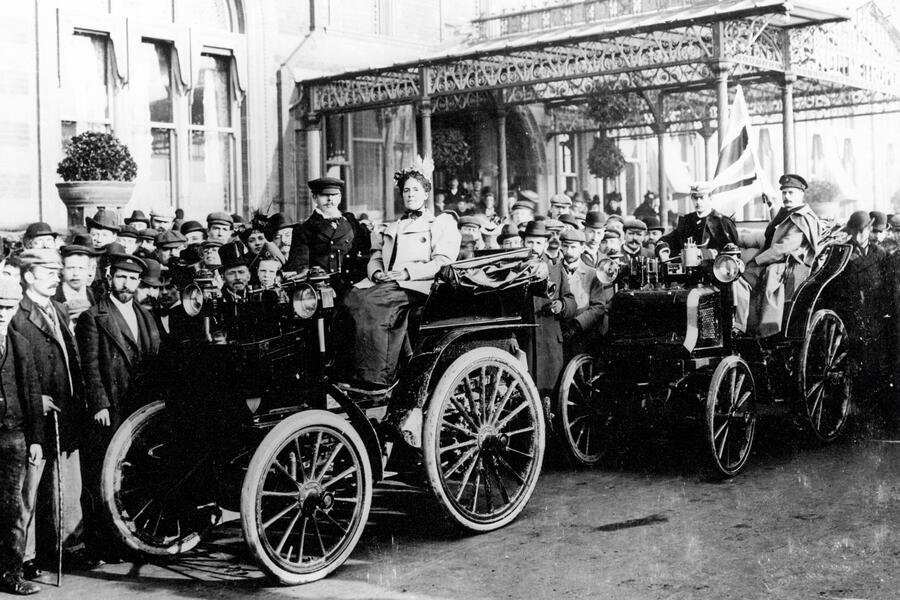
He described it, somewhat pompously, as “a fitting, impressive and practical commencement of the new era, which is undoubtedly destined to work so great and beneficial a revolution in the life, habits and methods of locomotion of the people of this country”.
Very few British people had seen motor cars in numbers, and the novelty is alleged to have drawn “fully 500,000 sightseers” to the Run’s start outside the Metropole Hotel in London’s Northumberland Avenue, although it’s very doubtful that such a crowd so vast would have left any room for the cars.

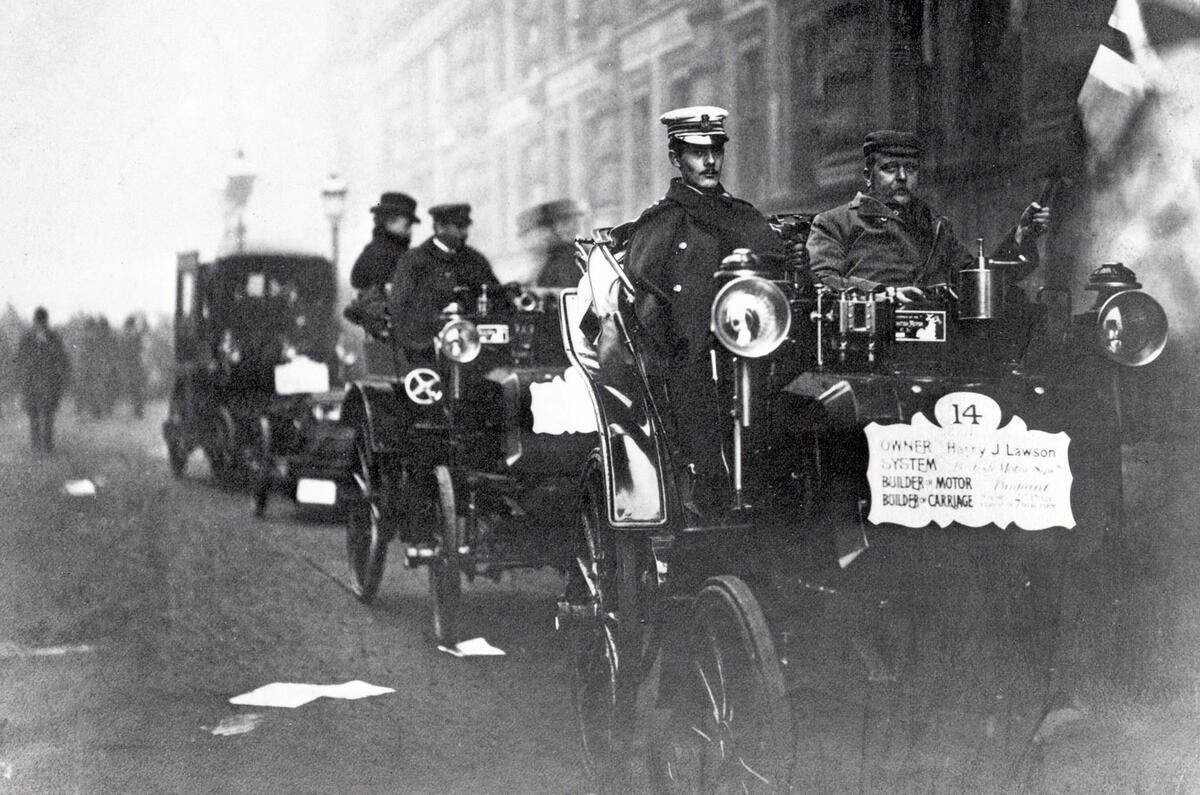
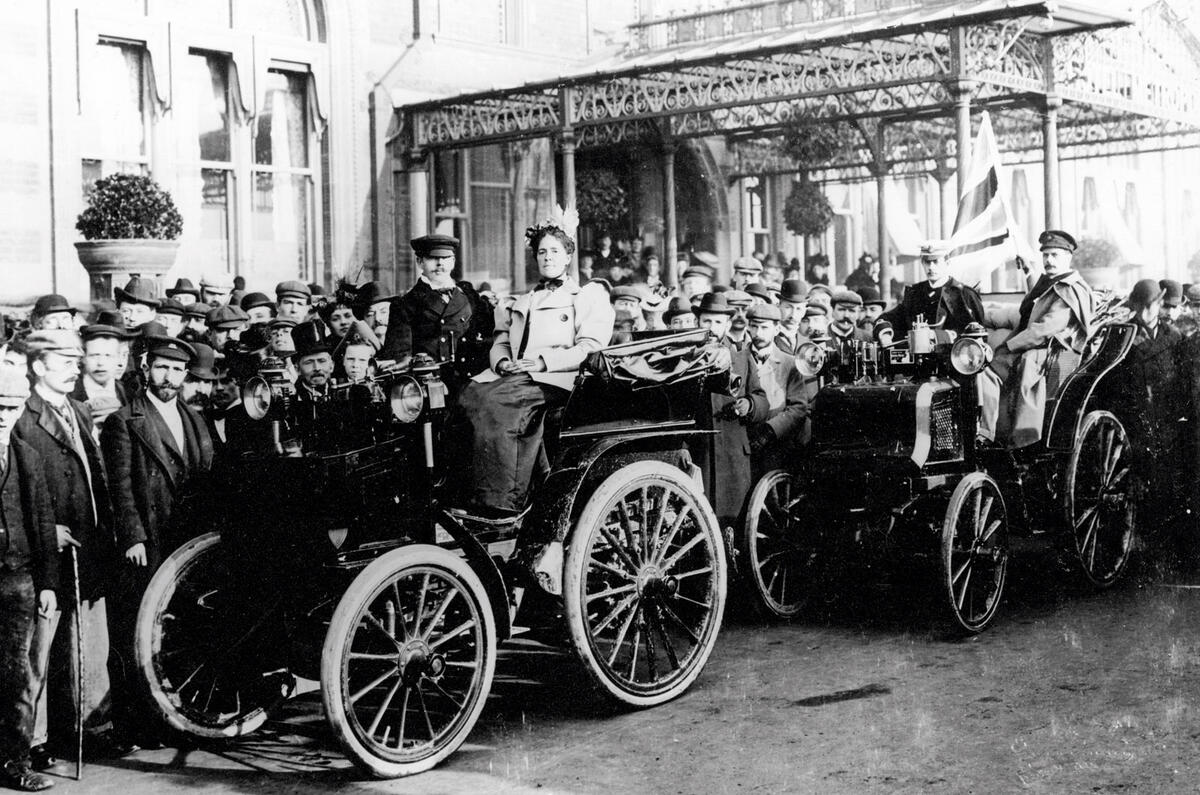
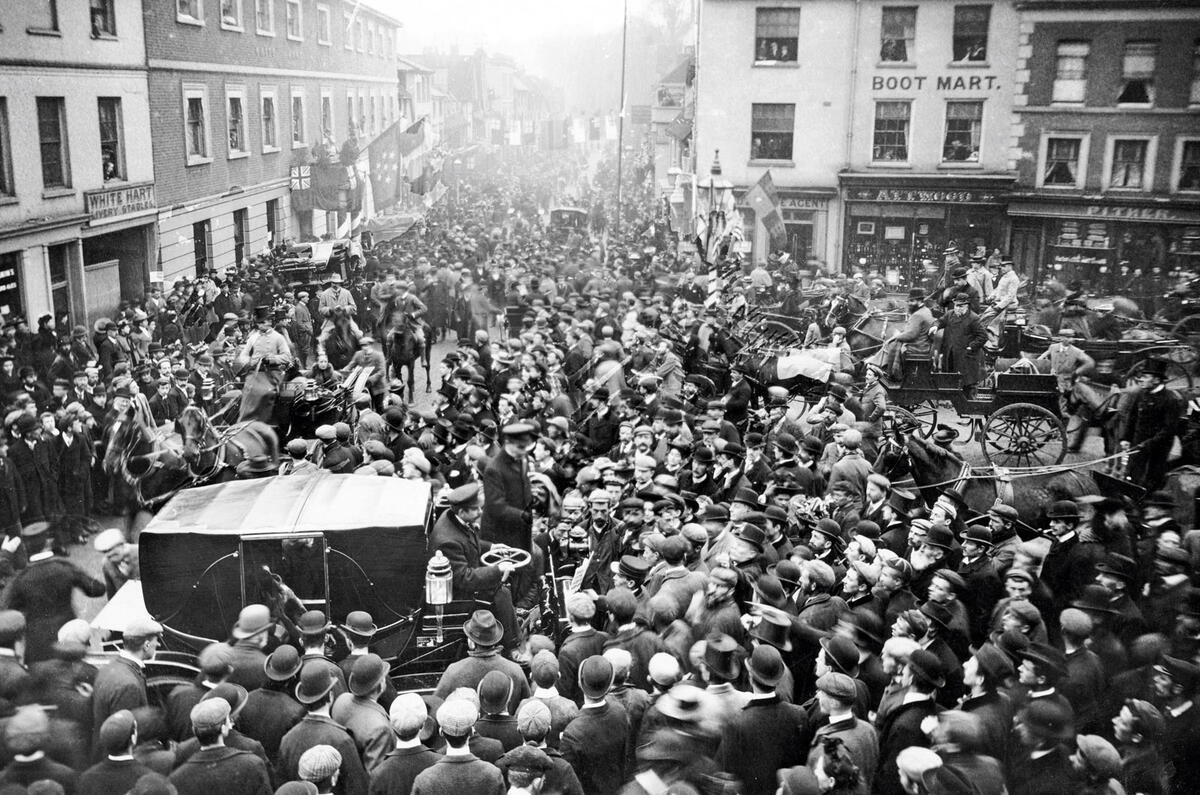

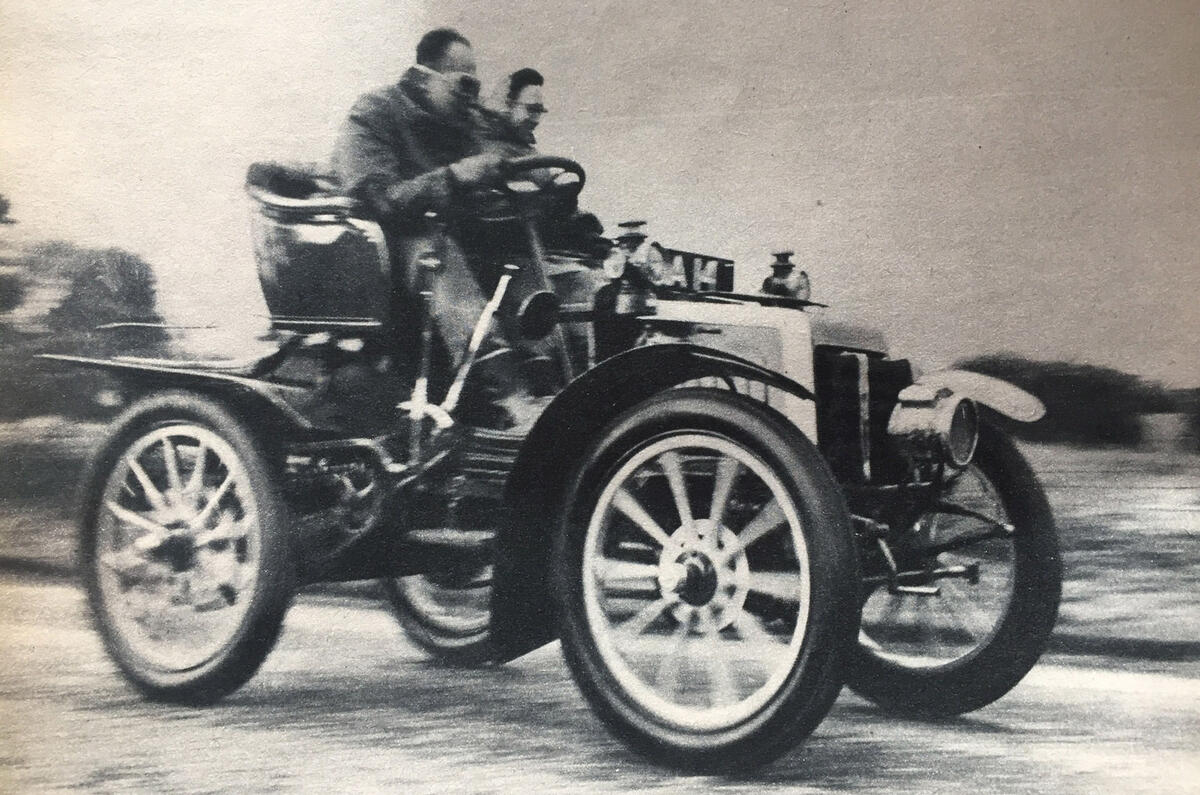
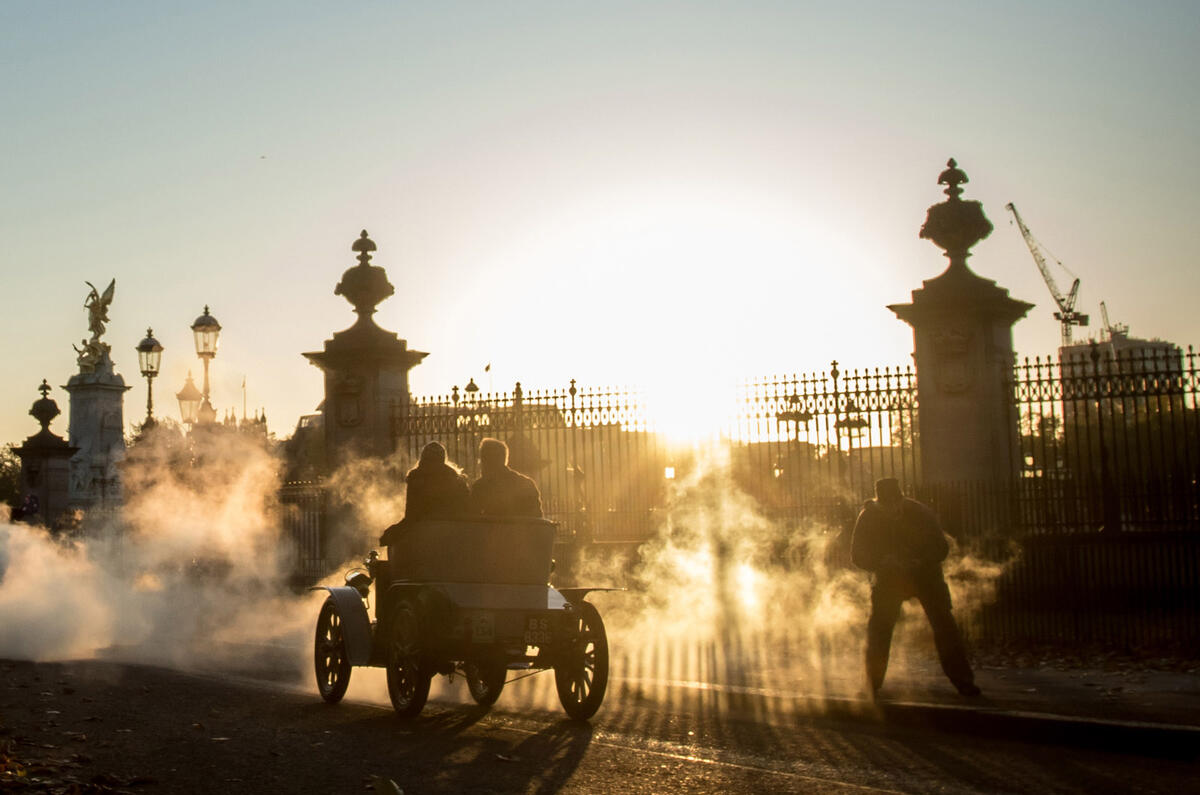
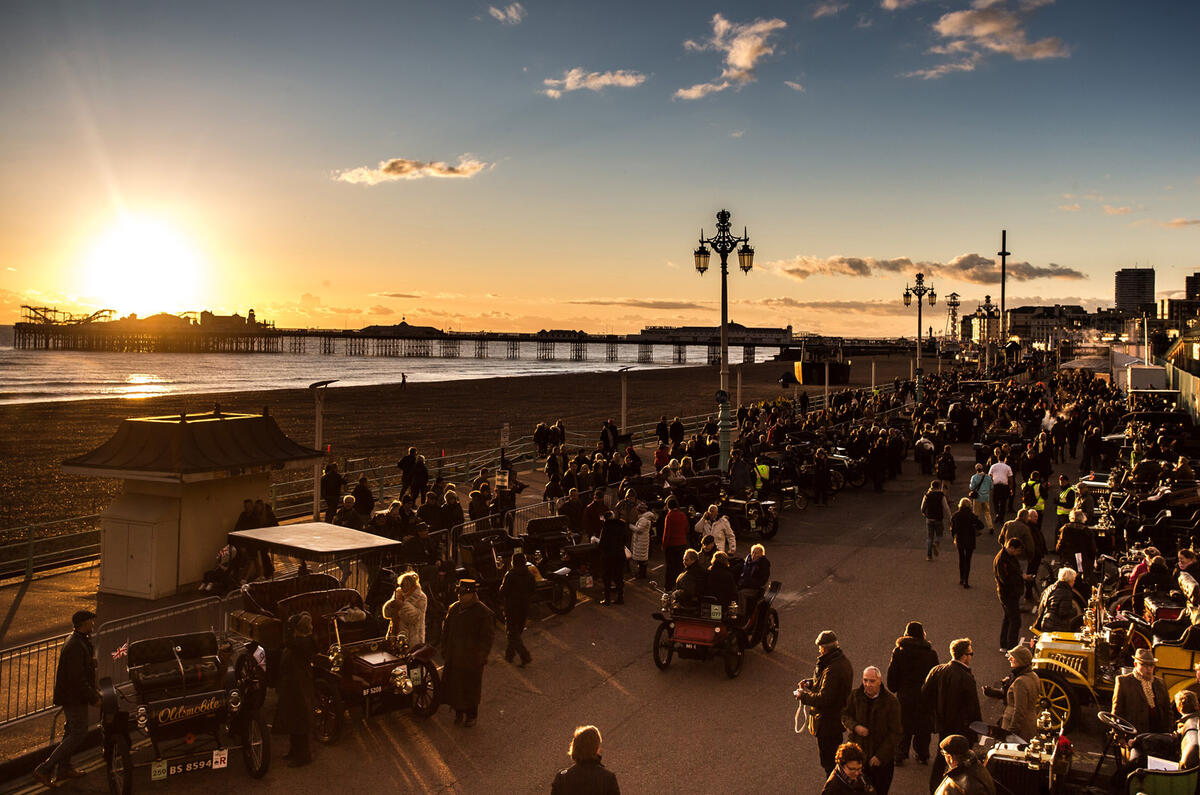

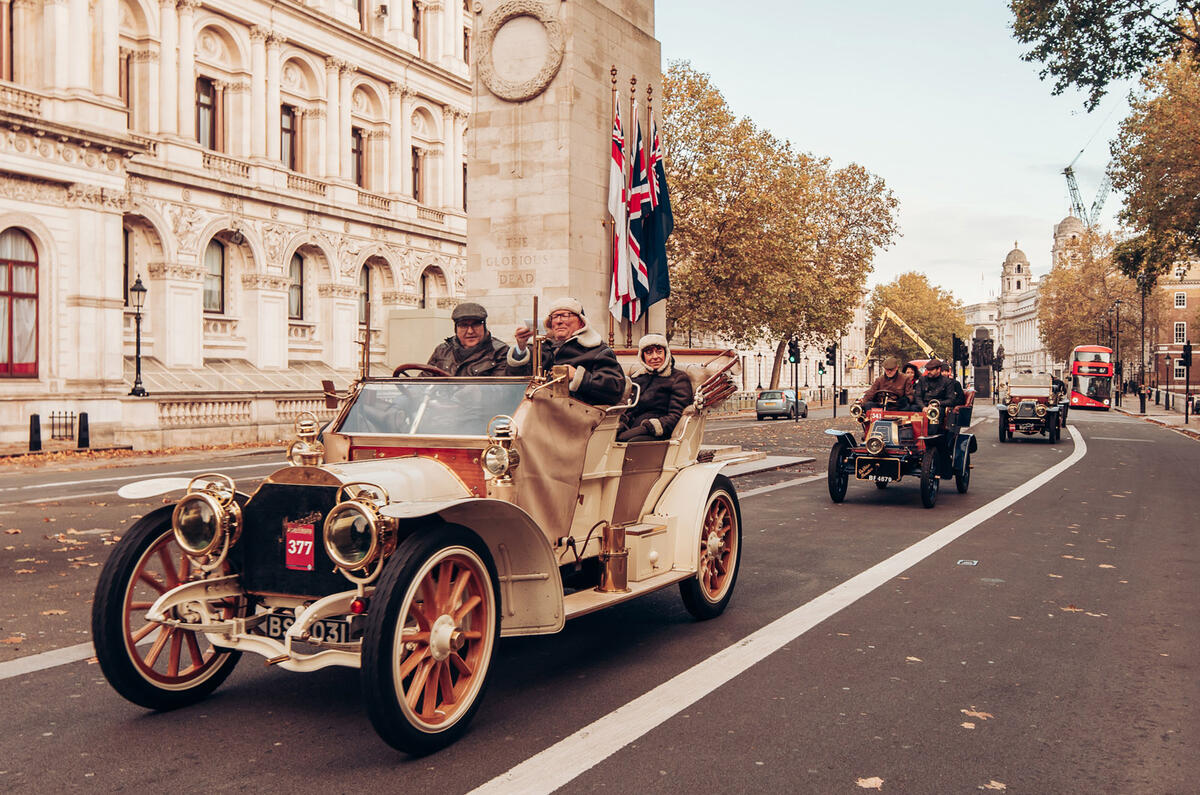
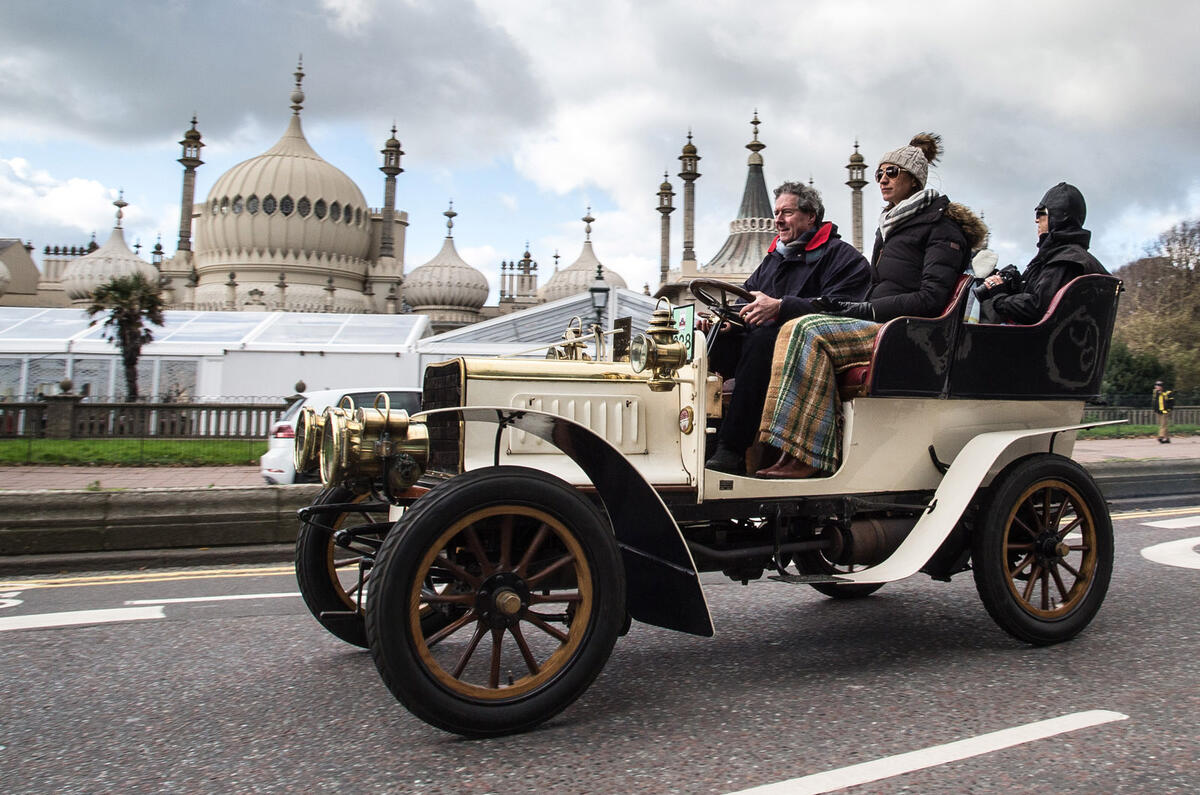
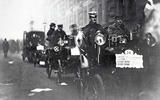
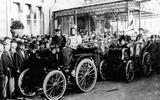

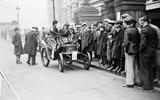
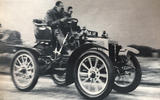
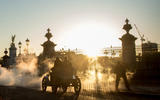
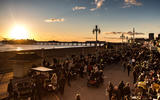
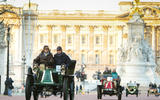

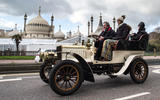

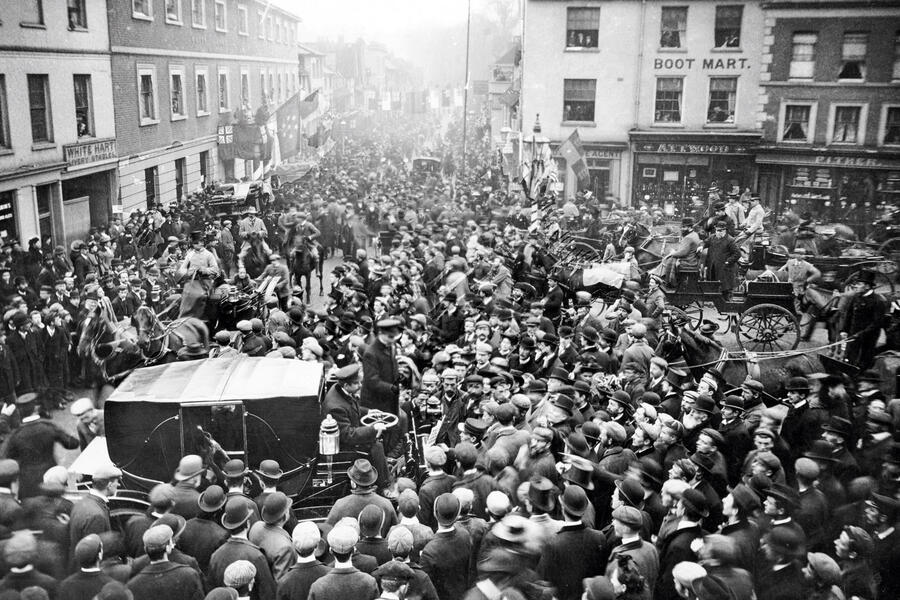
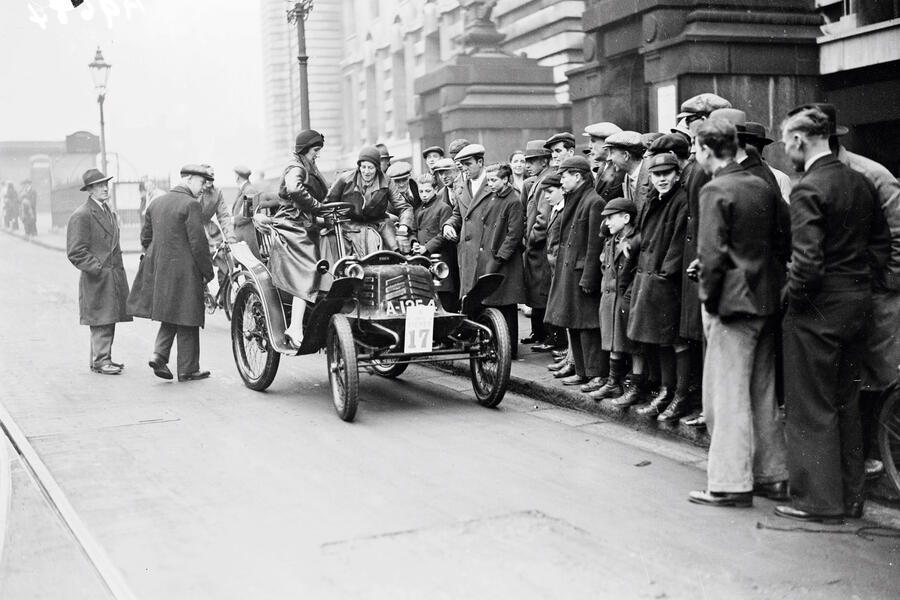
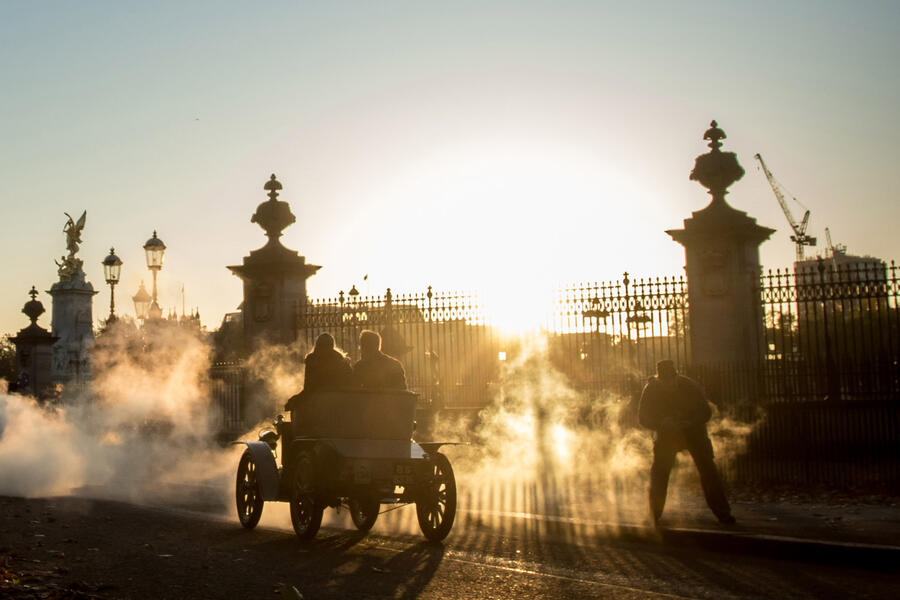
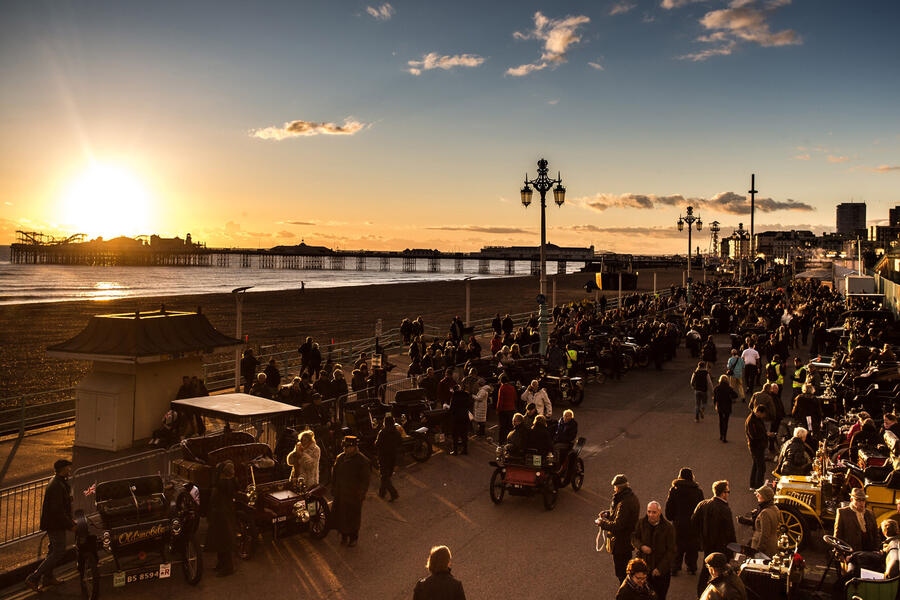





Add your comment